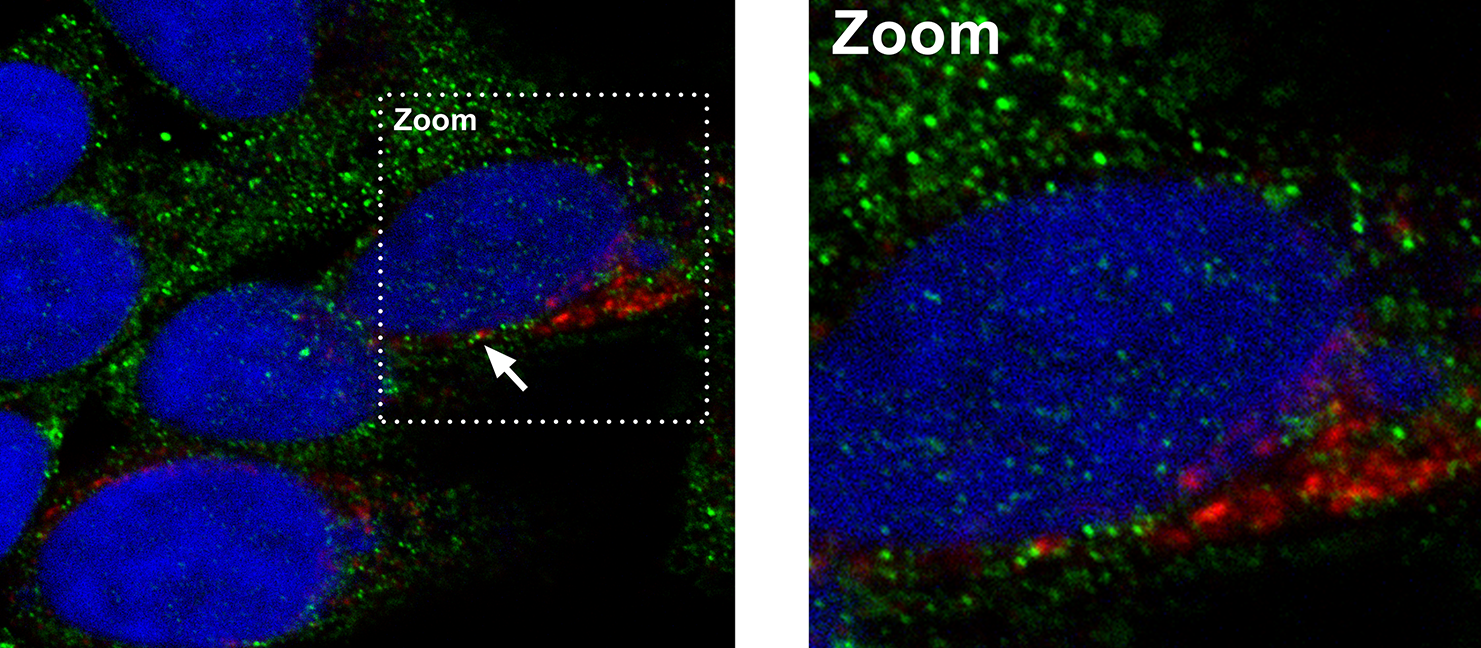Hepatitis E virus (HEV) is a common cause of acute viral hepatitis (inflammation of the liver). Although the infection usually self-resolves in healthy people, occasionally it can lead to acute liver failure, which can be fatal. Some populations, such as pregnant women, are of increased risk of acute liver failure with mortality rates of up to 25%. The world health organisation estimates there are 20 million HEV infections worldwide every year. Like all viruses, HEV needs to enter a cell to reproduce and cause disease – unfortunately, there is a very limited understanding of how HEV achieves this.
To replicate inside cells, many viruses similar to HEV produce enzymes called proteases. Viruses use proteases to digest (break down) either host cell proteins or their own proteins to create a favourable environment and control their own replication. Originally, this was suggested to also be the case for HEV, however, evidence for the existence of HEV-produced protease has been debated.
A recent study from a group of researchers from the University of Leeds, led by Dr. Morgan Herod used their experience studying viruses related to HEV to understand if this virus produces a protease and whether it is important for replication. The researchers found no evidence for a HEV-produced protease, which could make this virus unique in biology.
Instead, the authors found that this virus may solely use host cell-derived proteases to control virus replication. One such host protease, an enzyme called thrombin, was shown to be able to act on virus produced targets. Thrombin, an essential enzyme that is involved in hemostasis (the stemming of bleeding), is produced primarily in liver cells. Preventing thrombin activity on the virus prevented viral replication as did pharmacological inhibition of thrombin. This study could lead to a future therapy against HEV through redesigning thrombin inhibitors to specifically target viral infection. However, further research is first required to understand how thrombin or other cellular proteases are involved in the replicative cycle of HEV.
This study was published in PLoS Pathog. 2023 Jul 21;19(7):e1011529. Read the full research article: DOI: 10.1371/journal.ppat.1011529

